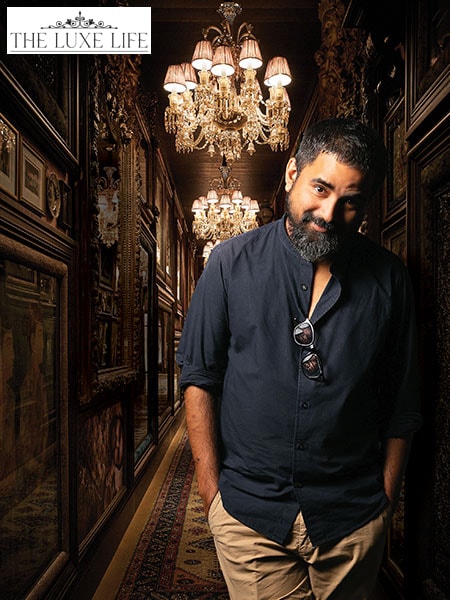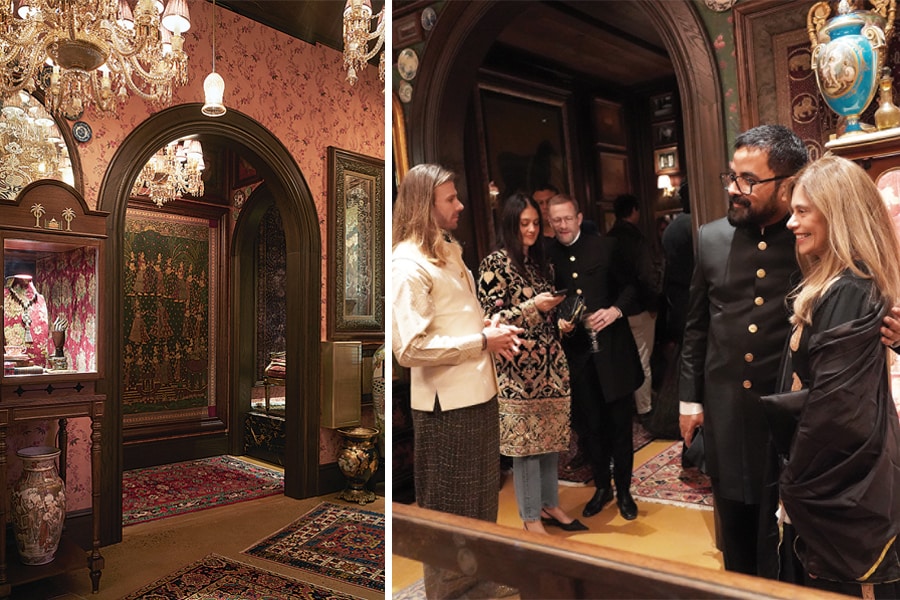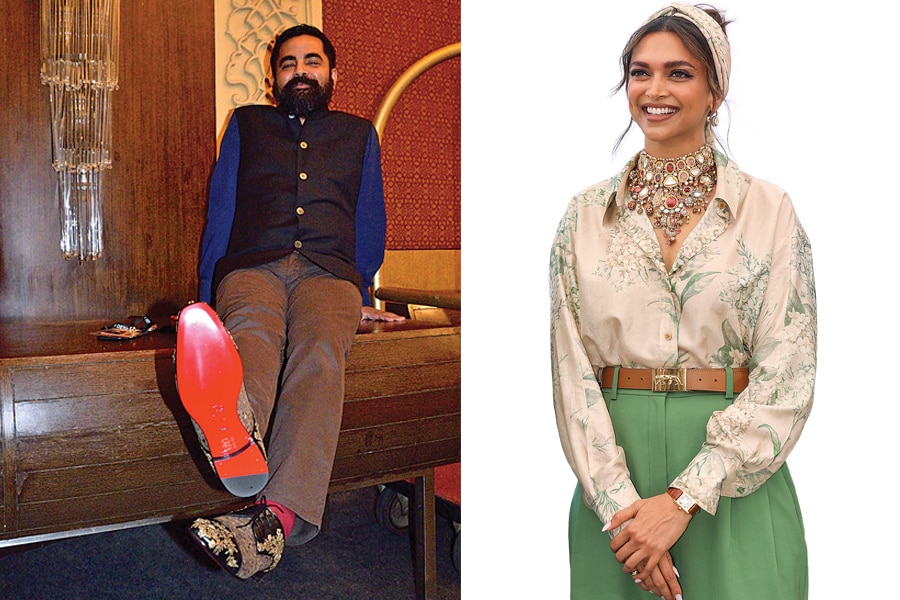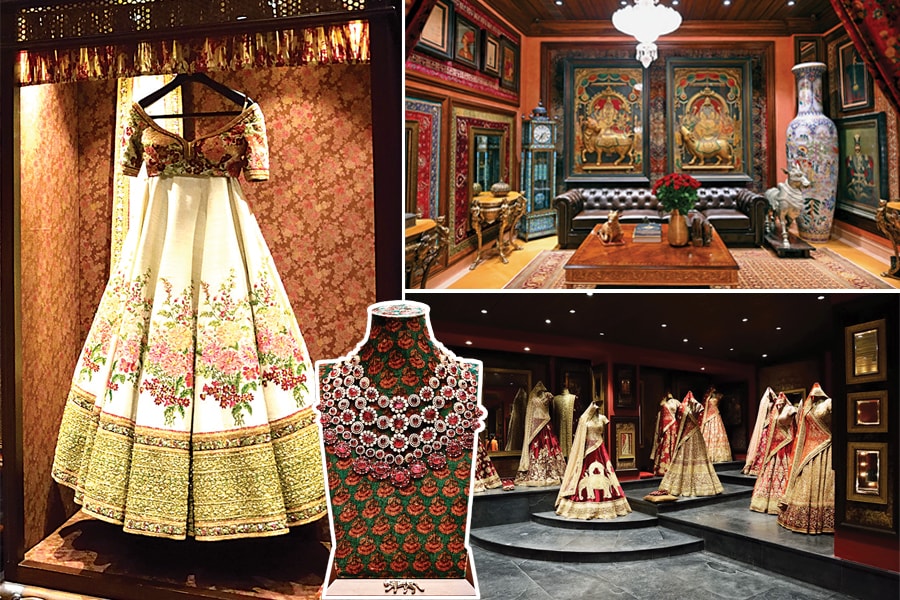
Sabyasachi wants to drape the world in his hues
Sabyasachi Mukherjee's passion for Indian craft and heritage has always been the heart of his brand's identity. Now an extension of this is his desire to break into the elite club of global fashion houses to authentically showcase India's unique and rich cultural legacy worldwide
 Sabyasachi Mukherjee, Indian fashion designer, jewelry designer, retailer and couturier from Kolkata, India Image: Madhu Kapparath, Imaging: Kapil Kashyap
Sabyasachi Mukherjee, Indian fashion designer, jewelry designer, retailer and couturier from Kolkata, India Image: Madhu Kapparath, Imaging: Kapil Kashyap
“Should I wear blue or black?” he asks. I am caught by surprise. Because the person asking the question is the man behind many a style icon. He has built India’s leading luxury house ground up, and is the ruler of a growing global empire. But his simplicity is not typical of someone of his star status.
A sought-after fashion designer—whose client list includes the crème de la crème of elite society—with a middle-class upbringing, Sabyasachi Mukherjee isn’t pretentious, and hasn’t lost the common touch. Walking barefoot in his plush bungalow, he exudes an easy charm, a far cry from his reputation of being a reserved intellectual.
I’m inside Mukherjee’s beautiful house in Kolkata. His home layout and interiors, painstakingly designed by him over nearly three years, are a mix of traditional opulence—reminiscent of old palatial mansions of Calcutta—with a modern touch of stylish patios and manicured lawns. Mukherjee’s fondness for art and literature is evident in every nook and corner. From rare texts of Rabindranath Tagore to the very first edition of The Jungle Book, Mukherjee is a proud collector of books and objet d’art. Everything—from the rugs to the chandeliers—aesthetically blends into the luxurious setting.
A perfect host, Mukherjee, at the core, is a man who is proud of his humble roots of Calcutta. His passion for Indian craft and heritage is the heart of his brand’s identity. An extension of this is his desire to break into the elite club of global fashion houses to authentically showcase India’s unique and rich cultural legacy worldwide. “I want to create a global business, bring foreign currency into India, and allow Indian craft to thrive,” he tells Forbes India days before the Durga Puja festival. “Many luxury brands should emerge from India and stand tall with American brands.” This is his pursuit. “If I fail, some other Indian will succeed to do so, but the writing is on the wall,” he adds.
 Sabyasachi Mukherjee launched his first international flagship store in New York in October. The designer plans to open many more across the world
Image: Sonia Moskowitz /Getty Images
Sabyasachi Mukherjee launched his first international flagship store in New York in October. The designer plans to open many more across the world
Image: Sonia Moskowitz /Getty Images
(This story appears in the 30 November, -0001 issue of Forbes India. To visit our Archives, click here.)










